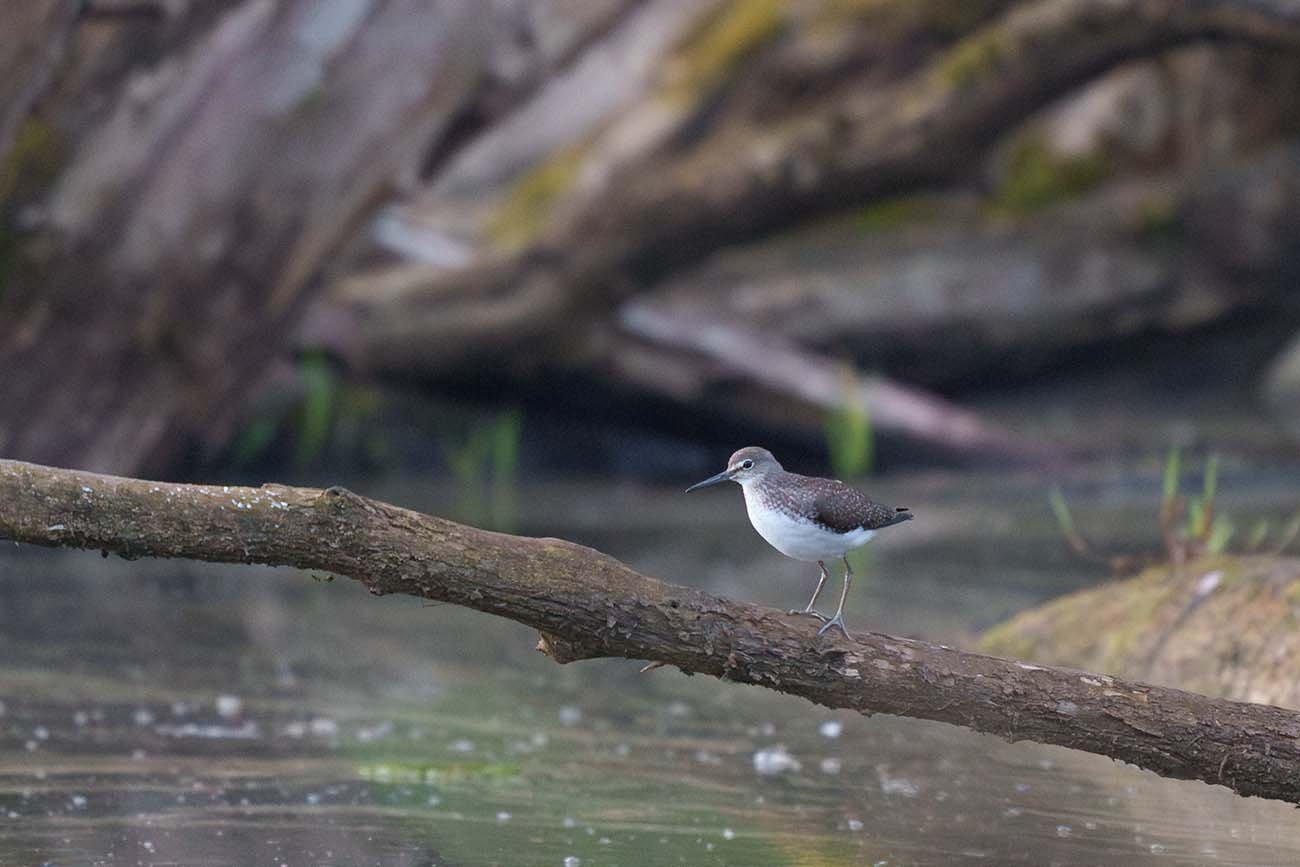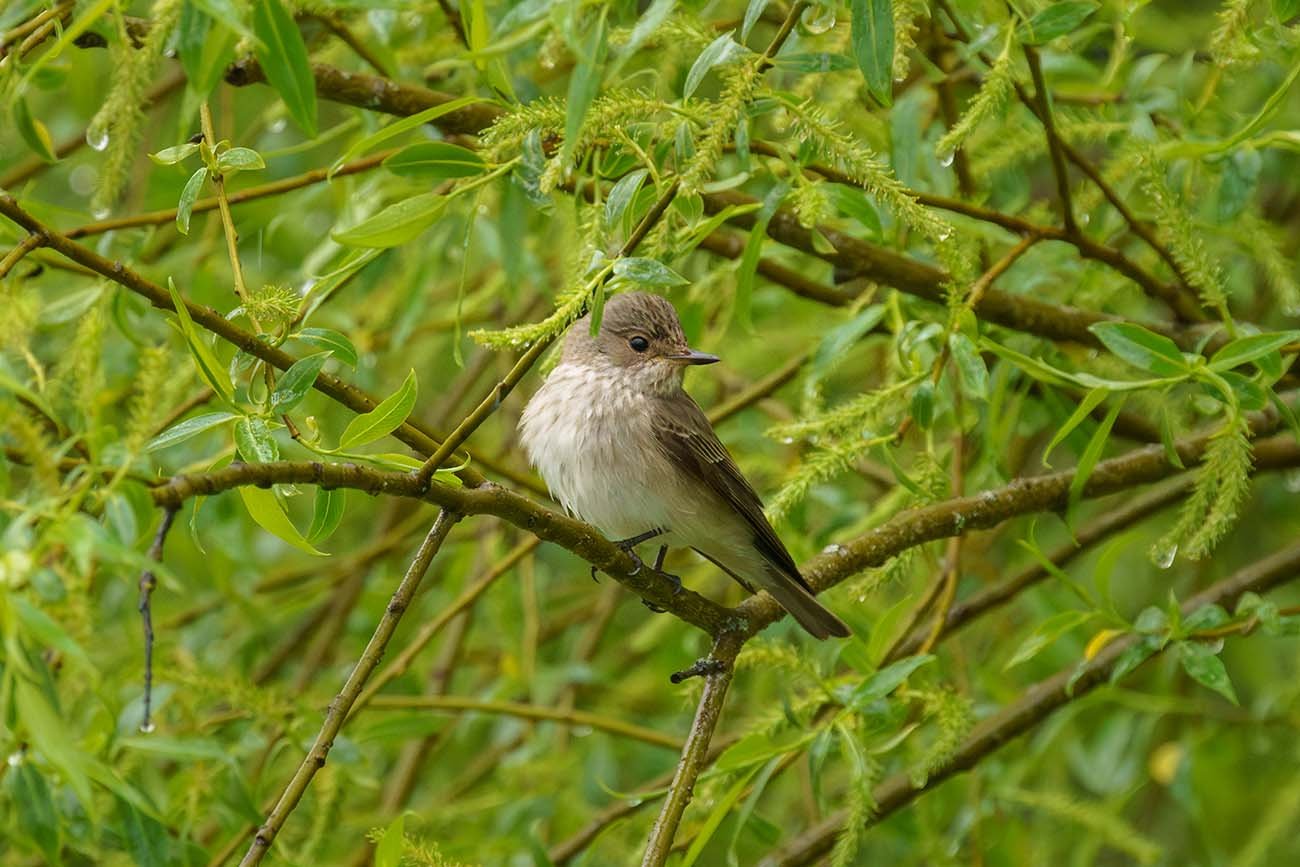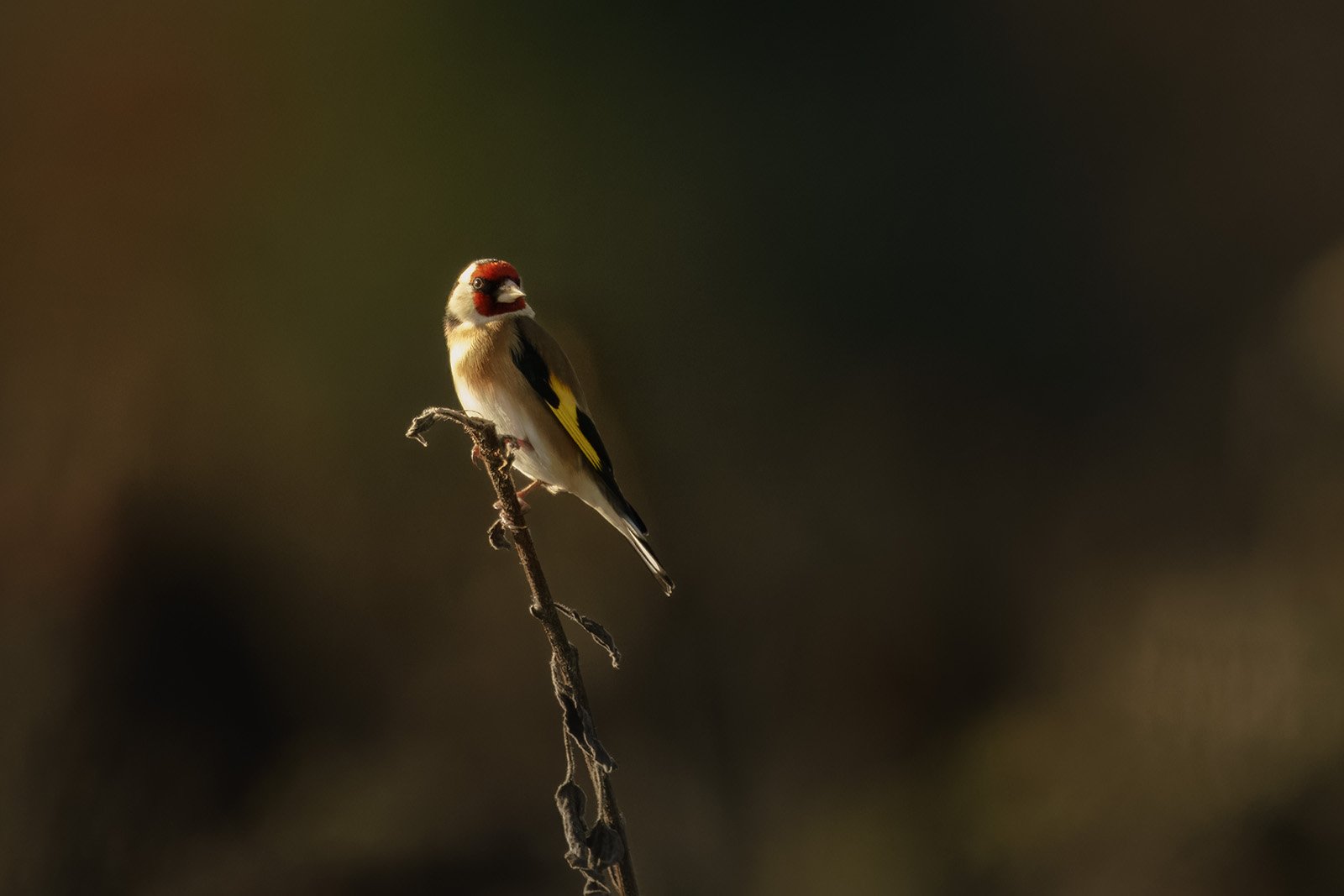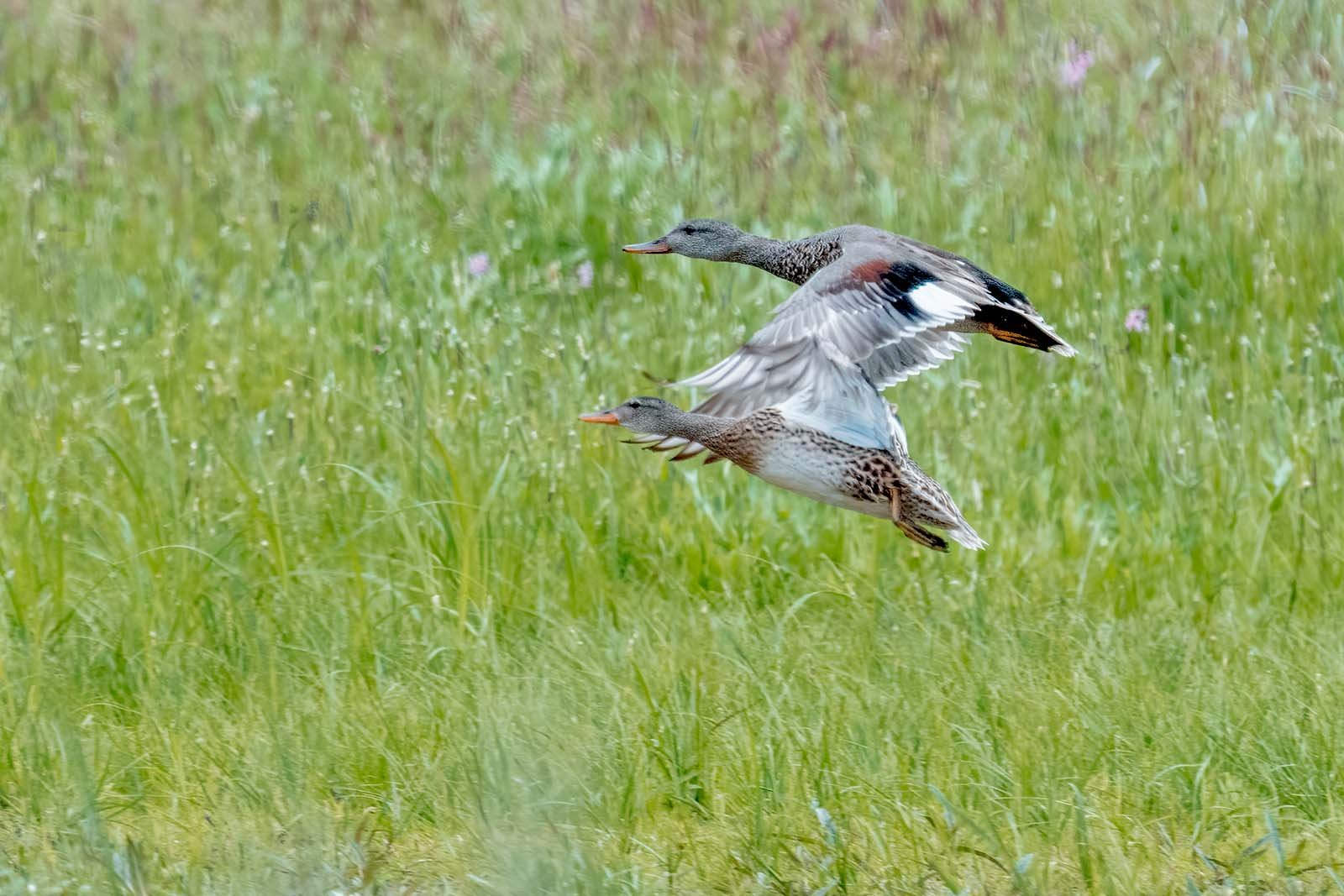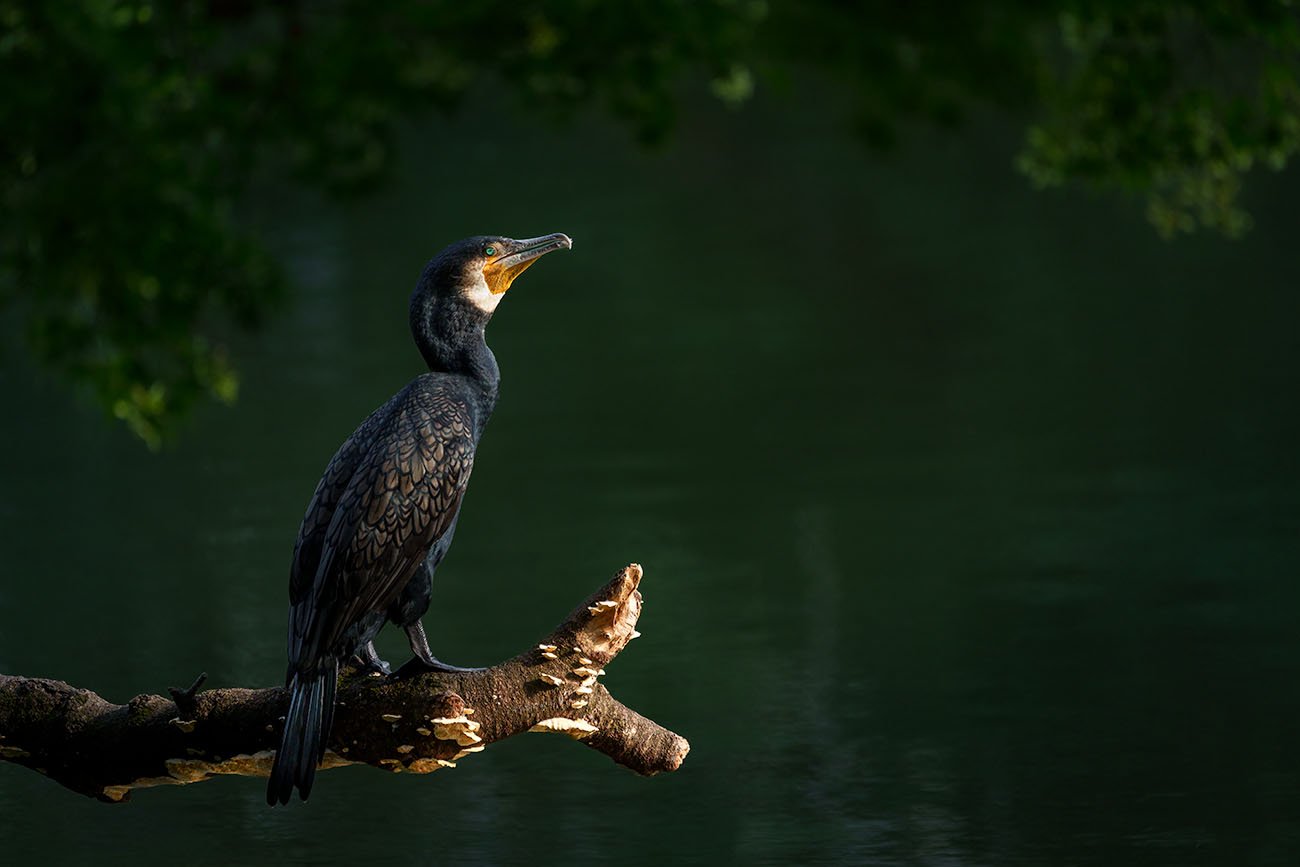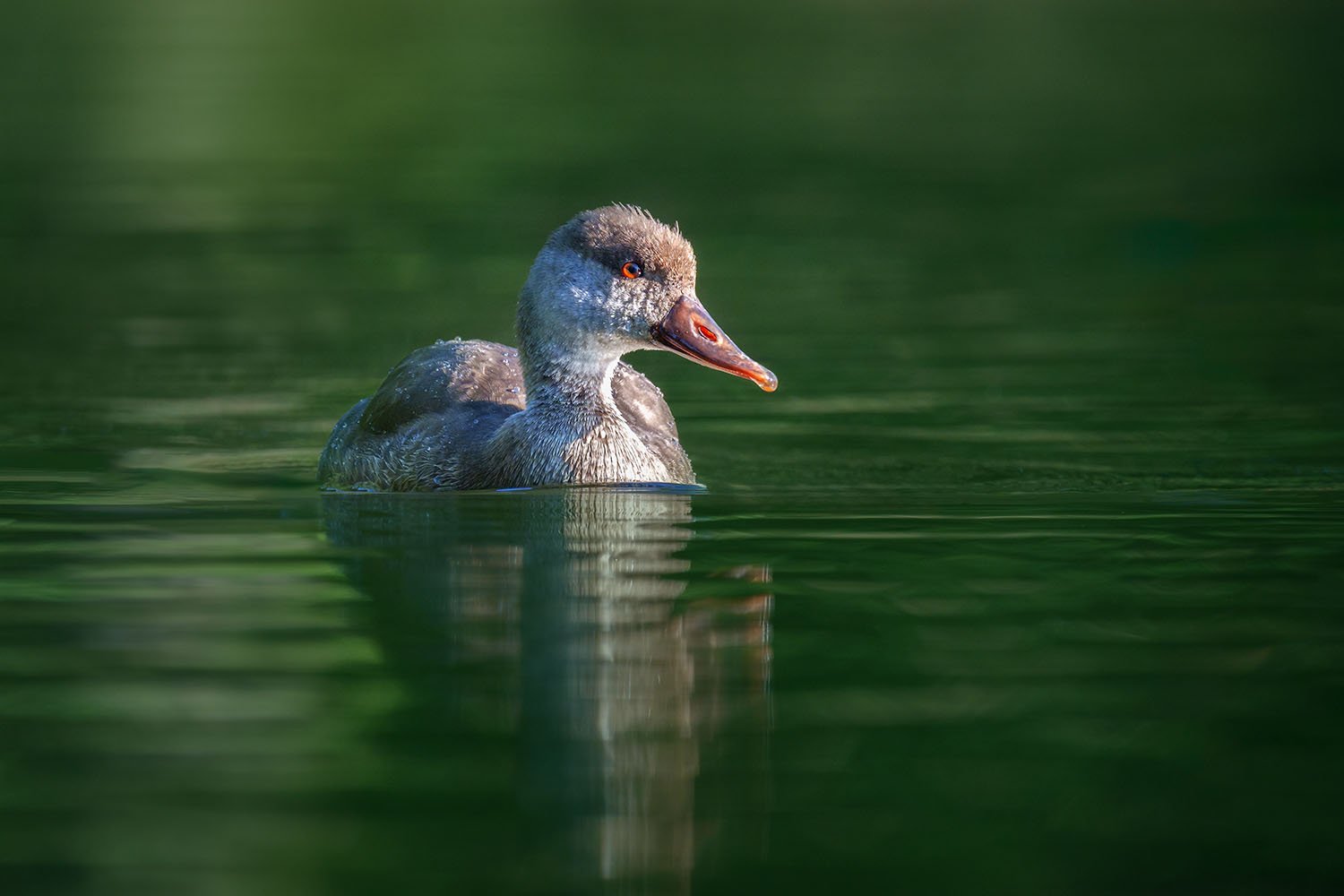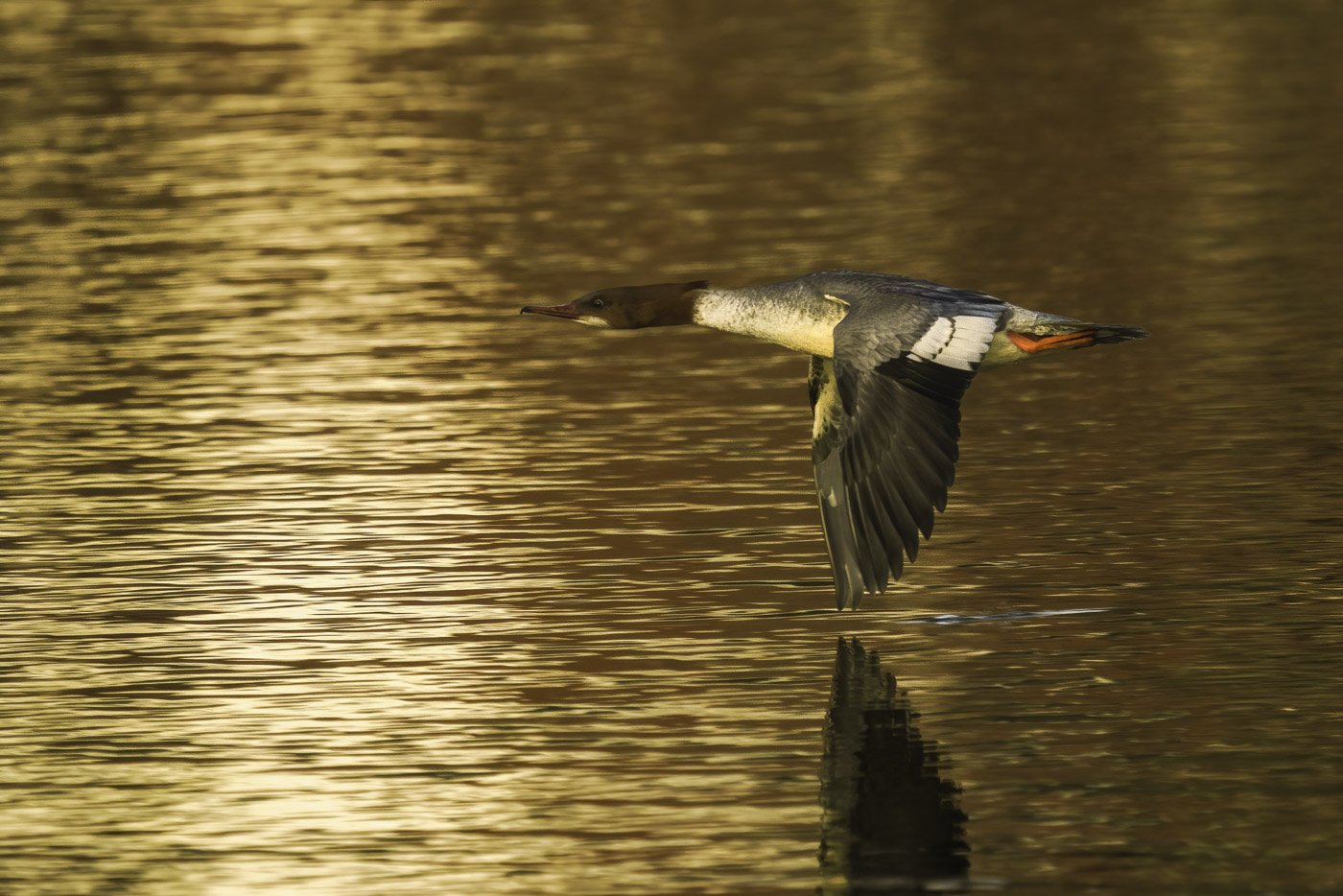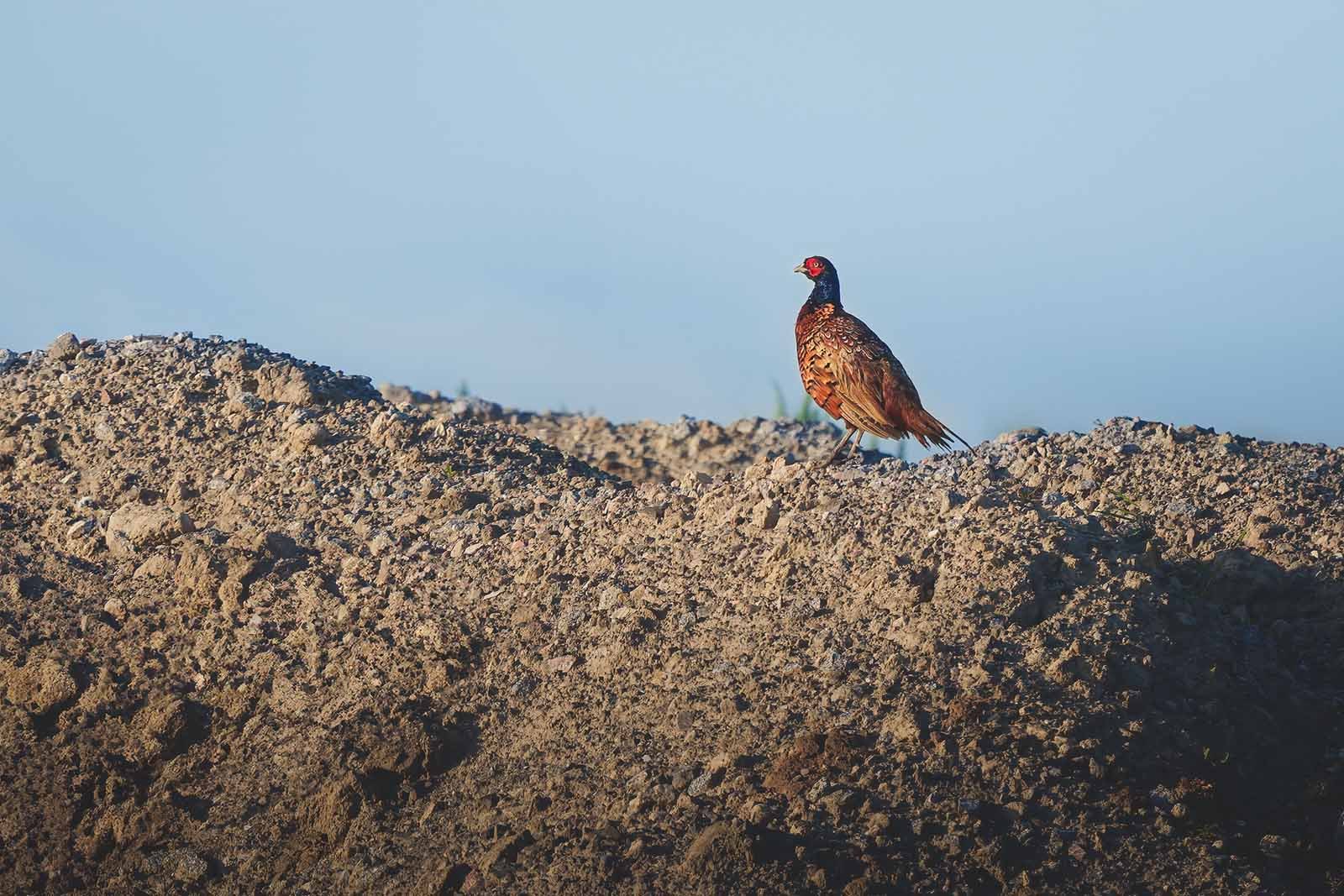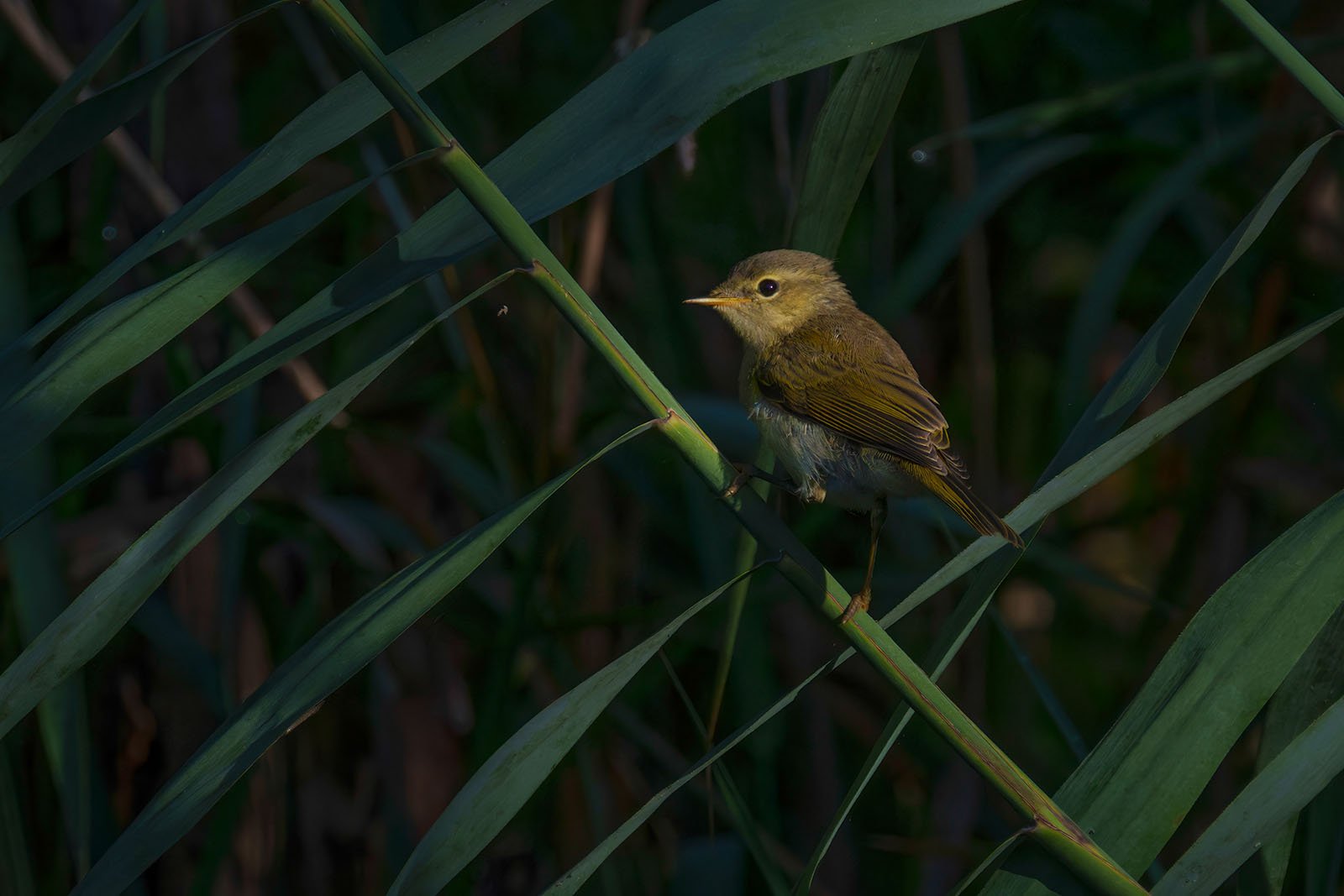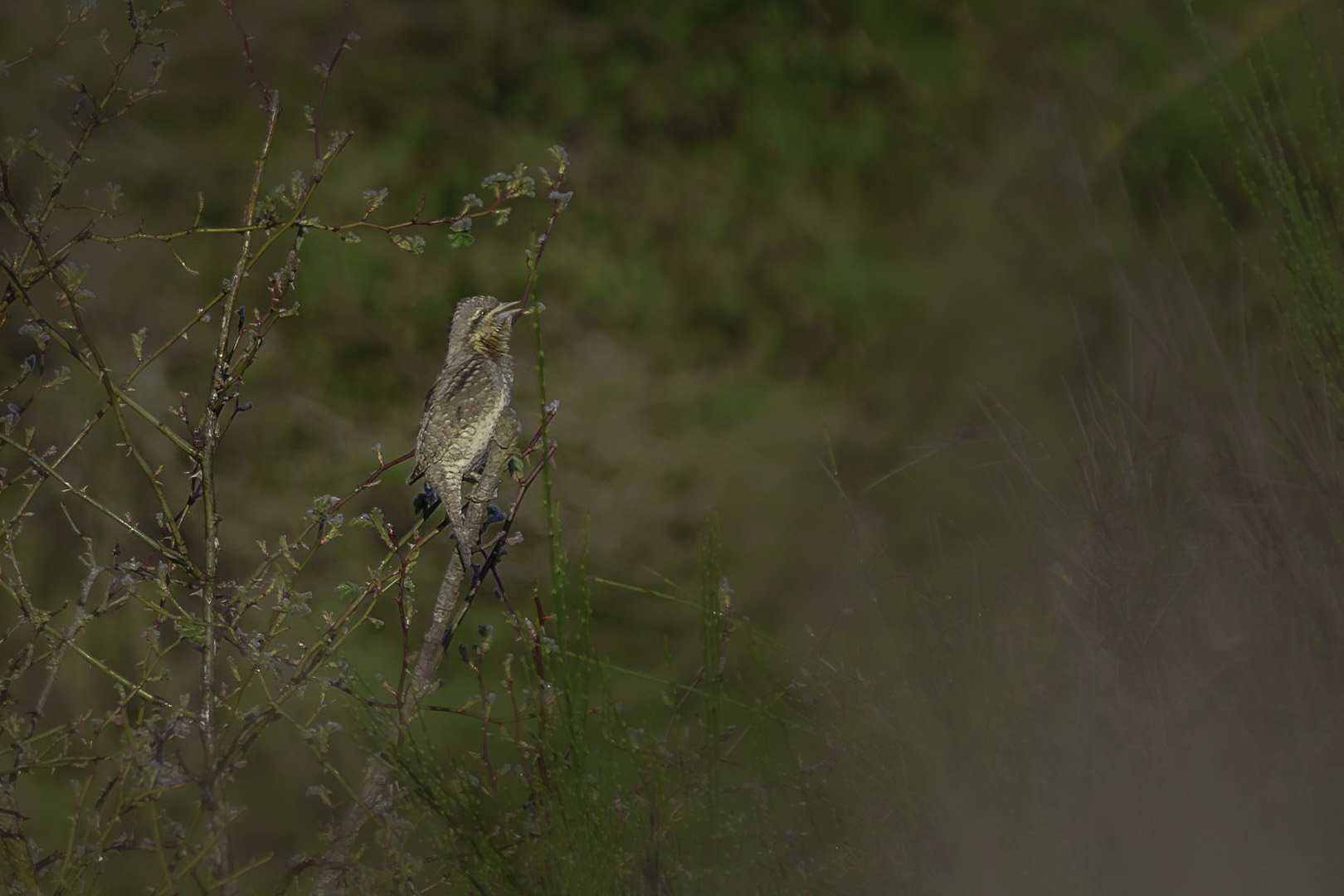Western marsh harrier (Circus aeruginosus)
Western marsh harrier (Circus aeruginosus) male
Marsh Harrier (Circus aeruginosus) – The Hunter of Wetlands
The marsh harrier is an elegant bird of prey, often seen gliding over wetlands and reed beds. Its wide wings and graceful flight make it easily recognizable. The contrasting colors of the male and the unique hunting behavior set this bird apart in the world of European birds.
Quick Facts:
- Size: 48–56 cm
- Features: Males have brown-grey feathers with black wing tips; females are dark brown with a light head cap
- Habitat: Reed beds, wet meadows, river floodplains, often in lowland areas
- Breeding: Nests made of reeds hidden in dense reed beds; males feed females during the breeding period
- Diet: Small mammals, birds, amphibians, and occasionally fish; prey is caught in low flight
Table of Contents
- Introduction: The Marsh Harrier – A Skilled Wetland Hunter
- Features and Appearance: How to Recognize the Marsh Harrier
- Habitat and Distribution: Where the Marsh Harrier Lives
- Behavior and Diet: Hunting in Low Flight
- Breeding: Hidden Nests in the Reeds
- FAQ: Common Questions About the Marsh Harrier
- Shortlist – Color Features
1. Introduction: The Marsh Harrier – A Skilled Wetland Hunter
The marsh harrier is a medium-sized bird of prey known for its graceful flight over wetlands. It hunts low over the reeds and meadows, making it easy to spot. With its sharp eyes and strong wings, this bird is perfectly adapted to life in wetlands.
2. Features and Appearance: How to Recognize the Marsh Harrier
The marsh harrier has a distinct look, especially the males, which show striking color contrasts.
Feathers:
- Male: The male marsh harrier has a grey-brown body with light grey chest and black wing tips. The back and wings are a warm grey-brown color, and the black wing tips make the male easy to identify, especially during flight.
- Female: The female is mostly dark brown with a noticeable light head cap. She also has a white patch on the lower back, which is easy to spot when flying.
Beak:
The short, strong black beak is perfect for catching small mammals and birds. Its curved shape helps the bird grip and tear its prey.Eyes:
The yellow eyes give the marsh harrier a sharp, focused look, important for spotting prey from above.Feet:
The yellow feet are long and slender, with strong claws for gripping prey. These legs are also useful for moving through reed beds.
3. Habitat and Distribution: Where the Marsh Harrier Lives
Marsh harriers prefer wetland areas like reed beds, wet meadows, and floodplains. They are commonly found in lowland areas across Europe, where they can hunt and nest close to water.
4. Behavior and Diet: Hunting in Low Flight
The marsh harrier hunts by flying low over reeds and wet meadows, searching for small mammals, birds, amphibians, and sometimes fish. It is known for its graceful and quiet flight, catching its prey by surprise.
5. Breeding: Hidden Nests in the Reeds
Marsh harriers build their nests deep within the reeds, hidden from predators. The male feeds the female during the breeding season, and once the chicks are born, both parents help to feed them.
6. FAQ: Common Questions About the Marsh Harrier
1. Where does the marsh harrier live?
The marsh harrier lives in wetlands, especially reed beds and wet meadows, often near rivers and lakes.
2. How does the marsh harrier hunt?
The marsh harrier hunts by flying low over wetlands, catching prey like small mammals, birds, and amphibians by surprise.
3. What does the marsh harrier eat?
It eats small mammals, birds, amphibians, and sometimes fish.
4. How can I recognize a marsh harrier in flight?
Look for the black wing tips of the male and the light head cap of the female. Both birds glide gracefully over wetlands.
5. Where does the marsh harrier build its nest?
Marsh harriers build their nests deep in reed beds, keeping them hidden from predators.
7. Shortlist – Color Features
- Size: 48–56 cm
- Feathers:
- Male: Grey-brown with black wing tips
- Female: Dark brown with light head cap, white patch on lower back
- Beak: Short, strong, black
- Eyes: Yellow
- Feet: Yellow, with strong claws
- Habitat: Wetlands, reed beds, floodplains
- Diet: Small mammals, birds, amphibians, fish
The marsh harrier is an elegant bird of prey, easily identified by its unique flight style and distinct colors. With its sharp vision and smooth flight, it is a fascinating hunter of the wetlands.


